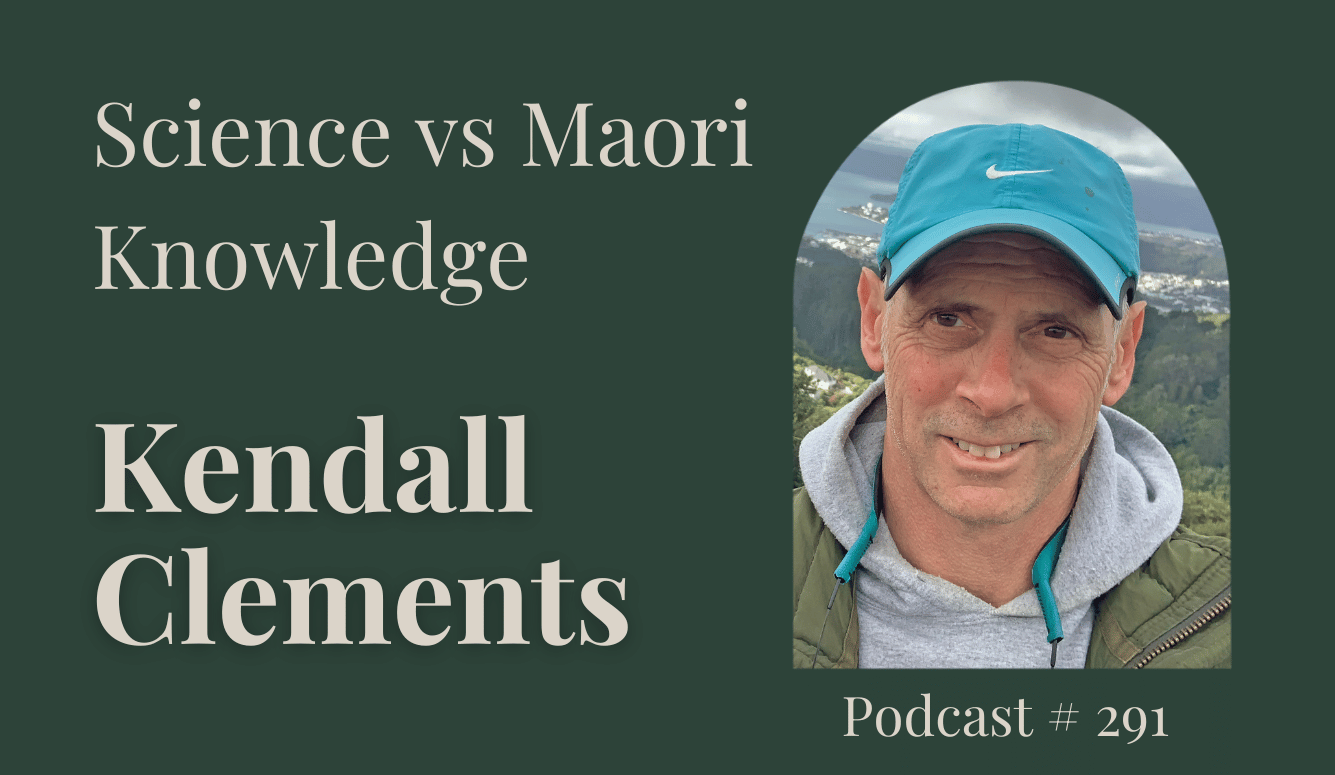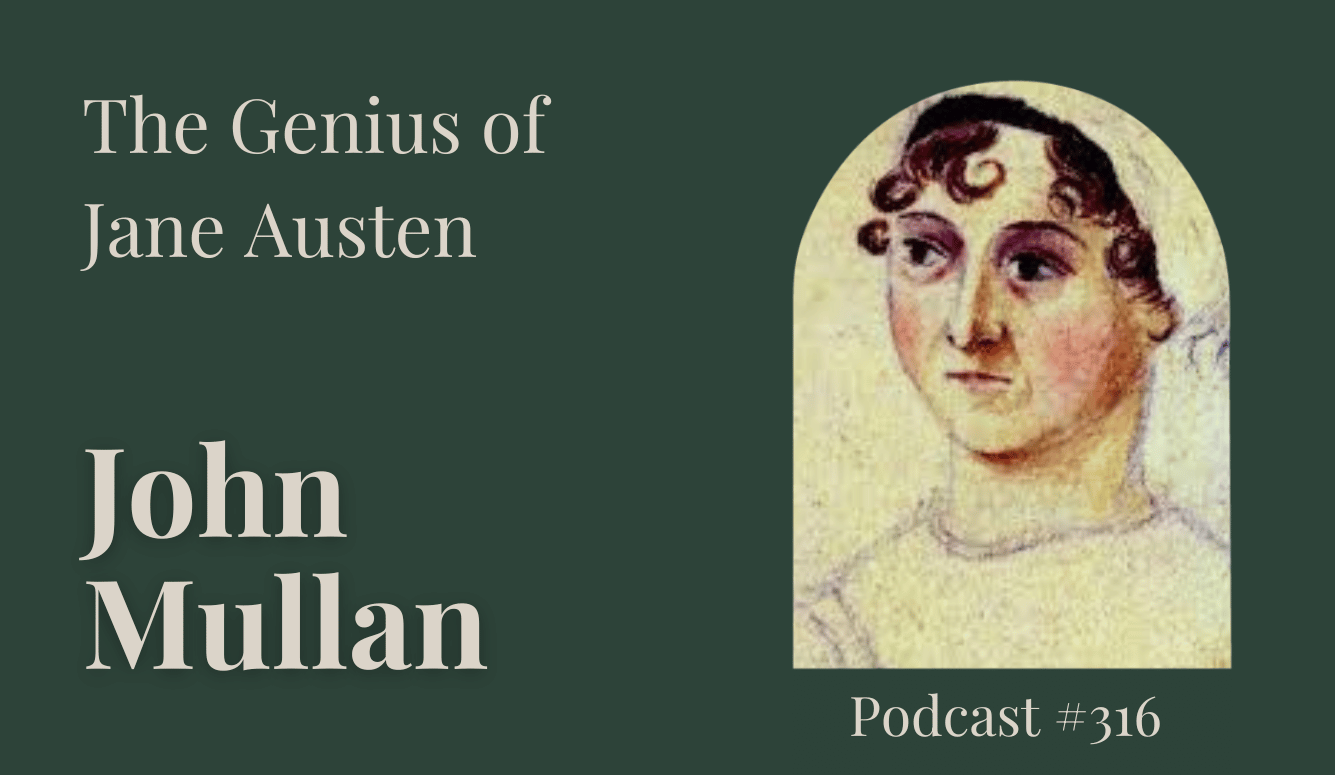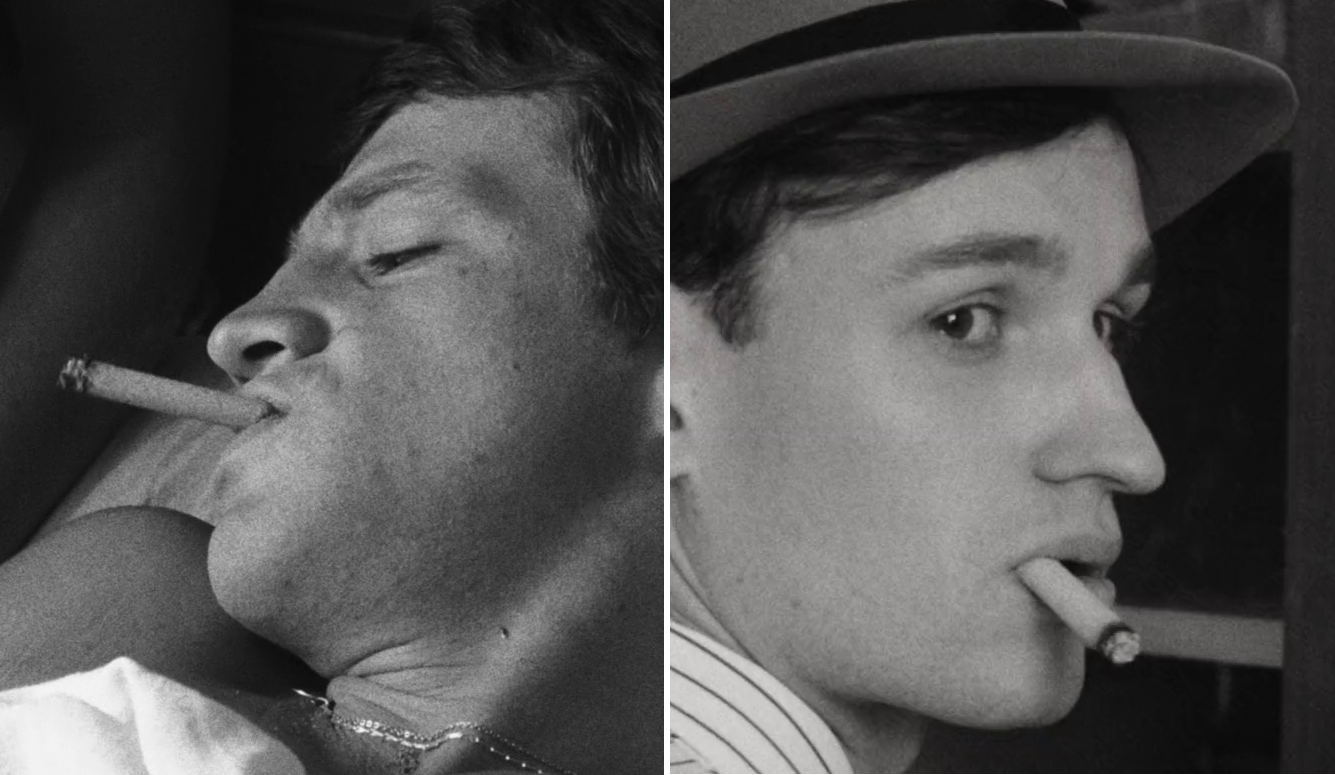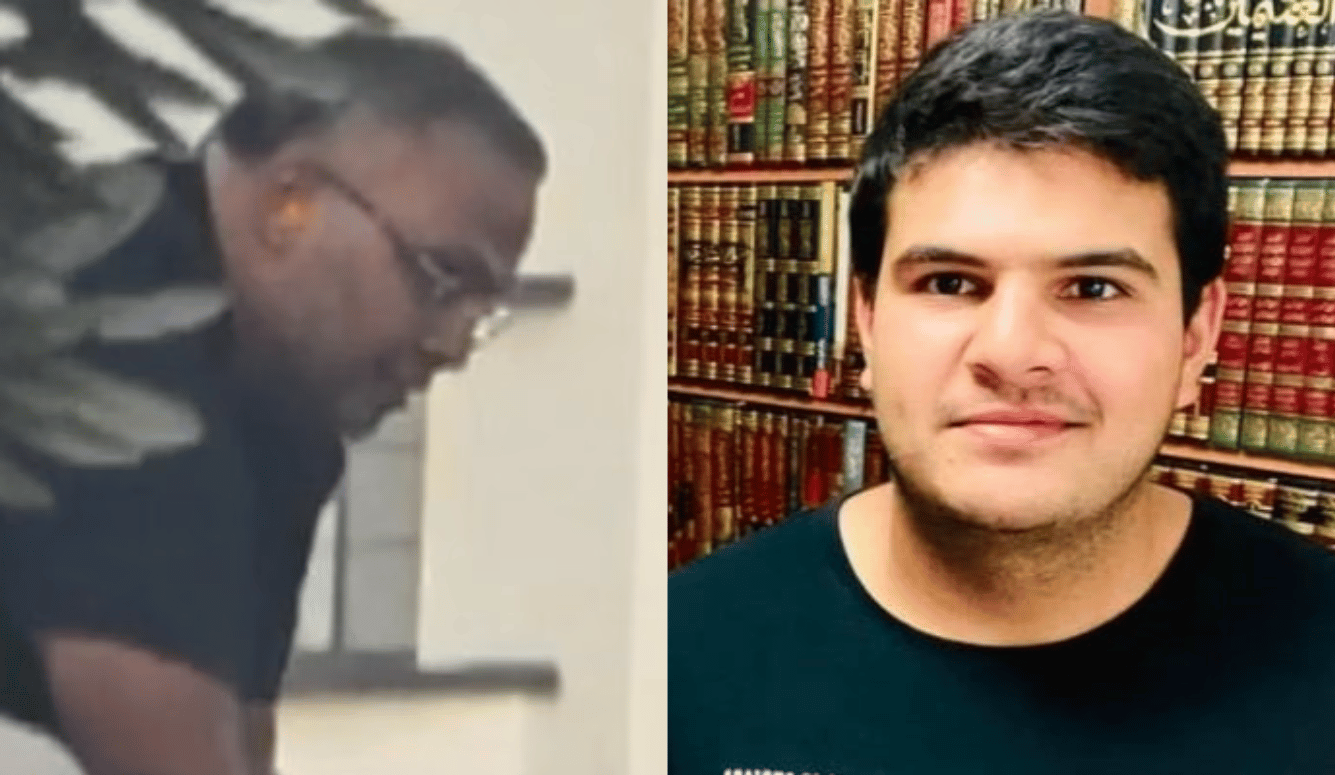Podcast
Podcast #291: Science vs Māori Knowledge
Iona Italia talks to Professor Kendall Clements of the University of Auckland about attempts to conflate traditional Maori knowledge with science, which, he argues, debases both.

Introduction: I’m your host this week, Iona Italia. My guest today is Kendall Clements, a professor at the University of Auckland who specialises in the ecology and evolution of fish. We talk about attempts in New Zealand to conflate Mātauranga Māori—roughly, traditional Māori knowledge—with science. Kendall explains some of the very different defining features of each of these epistemological systems and argues that conflating the two degrades both of them and is symptomatic of a misunderstanding of one or both. In our wide-ranging conversation, we discuss New Zealand universities, Māori knowledge and traditions, Karl Popper, and the way science works.
If you want to really get into the weeds about the convoluted and absurd scandal in which Kendall was involved after he co-authored a brief letter in defence of science in the Listener magazine in 2021, check out the shownotes on our website version of the podcast at quillette.com, which includes a full transcript of our conversation and some further background reading on that controversy.
Finally, please accept my profound apologies for the way I butcher the pronunciation of Māori terms.
I hope you enjoy my conversation with Kendall Clements.
Iona Italia: Let’s start by talking about the Listener letter. You and six other colleagues or like-minded scientists wrote a letter, a brief letter, to the Listener magazine and it was in the “Letters to the Editor” section and it was about, it was called “In Defence of Science.” Can you start by telling us what that letter was about, why you wrote it and what happened in the aftermath?
Kendall Clements: So there’s a fair bit of backstory to this. I started getting concerned about how, in this particular case, Mātauranga Māori, effectively, it’s traditional knowledge. We can go into that in a bit. Let’s put a flag in that and come back to it. I became a bit concerned about how that was starting to be introduced into our university teaching. So I’m in biological sciences: I teach evolution, animal nutrition, things like that. And I had been talking to colleague. In the beginning, it was my friend Garth Cooper, who’s a biochemist in my school, and also my friend Mike Corballis, who was a professor in psychology, just about our concerns about where this potentially was heading. And we broadened this discussion with a couple of other people. And around 2019–2020, Mike wrote a draft paper, a short article with other people: Robert Nola—who was retired but he was an emeritus professor in philosophy so he was a philosopher of science—and Elizabeth Rata. Elizabeth was in the Faculty of Education as it was then, specialising in the teaching of science. They wrote an article on this and submitted it to the New Zealand Journal of the Royal Society. It was rejected on the basis that they weren’t following a scholarly definition—or what was called a scholarly definition—of Mātauranga. And then they tried submitting it to another journal. It was rejected again. And I suggested to Mike that, since he had written for the Listener—he wrote book reviews and things like that—maybe we could write a letter to the Listener. And so we did.
Now we were concerned about two principal things in this letter. The first was that there are Māori schools, so there are schools in New Zealand that teach Māori students in Te Reo, the Māori language, and they were teaching things like science is a tool of colonisation. Now along with lot of other people, including many Māori, we were concerned about the under-representation of Māori in science. We wanted to increase that because we want everybody to participate in science. And obviously, if you’re teaching Māori students that science is a tool of colonisation that’s unlikely to encourage them to participate. So that was one thing.
And the other thing was the view that was being promoted, which was that Mātauranga Māori was equivalent to science. So we wrote this letter. These letters have a word limit of 300 and they let us get away with 340. But that’s where that came from. It made those two simple points. One, that we didn’t think students should be taught that science was a tool of colonisation, partly because we wanted to encourage Māori students into science, and two, we didn’t think it was appropriate to be saying that Mātauranga Māori was equivalent to science. Now I can unpack those in various ways if you want.
II: So there was some legislation or educational policy that was making them equivalent? If I understood correctly, sixteen-eighteen-year-olds were being taught a science curriculum that included Māori myth and legend. Is that accurate?
KC: No, I think that that would misrepresent what was happening. Can I read you a quote? I’m going to give you the Royal Society of New Zealand definition of Mātauranga Māori, partly because I can’t get in trouble for doing that. This is an accepted definition. So this says:
Mātauranga Māori is the intellectual capital generated by whānau (that’s families), hapū (that’s sub-tribes), and iwi (which is tribes), over multiple generations. It is a shared community knowledge that is embedded in lived experience and carried in stories, song, place names, dance, ceremonies, genealogies, memories, visions, prophecies, teachings, and original instructions, as learnt through observation and copying of other community members. It is a holistic system of orally-passed knowledge, concepts, belief, and practice. Mātauranga Māori, Mātauranga ā iwi, Mātauranga ā hapū and Mātauranga ā whānau are dynamic, innovative, and generative systems of knowledge. Now that’s the Royal Society of New Zealand, Royal Society Te Apārangi definition of Mātauranga Māori.
Now, other people define it in different ways. So what’s really important to understand— and one of the things that people internationally, when they weigh in on this, upset Māori about—is that they focus on the myths, the spirituality and so on. And that’s in the mix. That’s part of Mātauranga Māori. But that can obscure or underplay the extent to which Mātauranga Māori also includes a great deal of empirical knowledge, particularly in environmental things, natural history, that sort of thing, the sorts of knowledge that Māori developed over 700–800 years of living on this landmass, on these islands, to survive. And so the sorts of things that people started saying they wanted to include was some of the natural history stuff to some extent.
But in the beginning, we were getting some spiritual concepts, particularly mauri. Now that’s M-A-U-R-I as opposed to Māori, which is the people. So mauri is... it’s a life force. It’s a vitalist concept. And the idea is that this inherent in both living and non-living things. It’s in rocks, it’s in trees, it’s in mountains, it’s in rivers, and so on. These have mauri and this concept—which is similar to, let’s say, vitalism in Japanese culture, this is not unique to Māori—this was used in teaching. In a way, in some context, to reflect environmental health, something like that. You’d say, “So, some Māori will say that the mauri reflects the extent to which, say, a river or a stream can support life. And if the mauri is diminished, it could be through pollution or other problems.” People have been using that as kind of a shorthand for that, but it is inherently a vitalist spiritual concept.
So it’s difficult with Mātauranga Māori to distinguish between the empirical knowledge, which has a basis in fact, and this might be when particular trees flower, what times of year, what sort of things different types of birds eat, how you catch eels, when different groups of fish will spawn, all of these sorts of things that Māori would use to survive. If I can read you another quote, which I particularly like, which was actually written in a series of letters in the Listener in response to our original one. But this is by an emeritus professor at The Australian National University called Atholl Anderson. Now he’s Ngāi Tahu, so he’s Māori from the South Island. I’m just reading this as a direct quote:
Modern Mātauranga emphasises integration over separation of knowledge categories, received over hypothesised interpretations, and experiential over experimental practice. Science and Mātauranga are thus intrinsically contradictory approaches to knowledge that resist both combination and interrogation of one by the other. Even attempting to align theoretically rational science with Mātauranga faces a fundamental problem in the monolithic construction of the latter. Mātauranga is conceived as comprehensive of Māori knowledge and intellectual approaches, both of which range beyond natural and social phenomena into magic, ritual, and myth. Consequently, where Mātauranga equivalence with science is simply assumed, e.g., in scientific publication of modern fables about Polynesian voyaging to Antarctica as if they were historical events, both approaches are likely to be compromised.
I think that’s a really great way of capturing the difference.
If you can imagine university disciplines and you have a PhD so you’ll understand this, it’s as though all university disciplines including the arts, humanities, all of these things, theology, they’re all combined with STEM disciplines, indivisibly. They’re just continuous and understood in that and you can also explain that in terms of a very important concept called whakapapa, which is like a family tree and all different sorts of animals and trees and things fit into that as though into a family tree, but it goes back up to the Māori pantheon, Ranginui and Papatūānuku, gods.
And this all goes down through various demigods and so on into different branches of this. Now, at the base of the tree, there is empirical knowledge. An example of that is the association between kūmara [Ipomoea batatas] the sweet potato, and kiore [Rattus exulans], the rat. And these were associated because kiore would hang around kūmara pits because they’d eat the kūmara if they got half a chance. But then that goes back up through this network, up to the Māori pantheon and it’s indivisible.
And this is why what I like about the Atholl Anderson quote is that it captures the fact that if you want to understand Mātauranga Māori, you have to understand this indivisibility, this way that the spiritual and the empirical are connected in a way that they are not in science. So you can see how if somebody, a scientist from overseas, wants to criticise this, they could talk about it in terms of, “Well, this is myth.” Well, it is at one end, but it’s not at the other. I’m sorry that this is complicated, but it just is.





